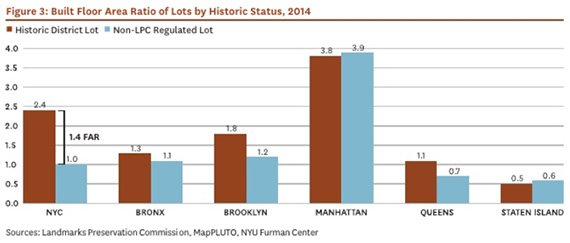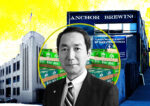Trending
Landmarked districts as dense as non-historic areas: report
Residents in designated zones tend to be wealthier, more educated and white

There’s been a lot of discussion in recent months about the city’s landmarking process and the impact it has on housing stock and development. A new study, however, has found that landmarked districts in New York are just as dense and built-out as nearby areas that have not received the designation.
About 3.5 percent of New York City properties are protected by landmarks law, according to the study by the NYU Furman Center for Real Estate and Urban Policy. The analysis found that 27 percent of Manhattan properties are protected.
The report found that landmarked areas have significantly fewer rent-regulated apartments compared to the rest of the city and are populated by households that tend to be wealthier, more educated and white, according to Crain’s.
More than half of apartments in landmarked districts citywide are market-rate units, the study found, compared to only 30 percent in areas not designated historic.
But the study also noted that landmarked districts aren’t any less dense than non-landmarked areas, and are in fact built up to roughly the same density than adjacent neighborhoods that aren’t landmarked.
“We hope these findings offer a useful snapshot of the nature of historic preservation in New York City,” Furman Center faculty director Ingrid Gould Ellen said in a statement. [Crain’s] – Rey Mashayekhi




